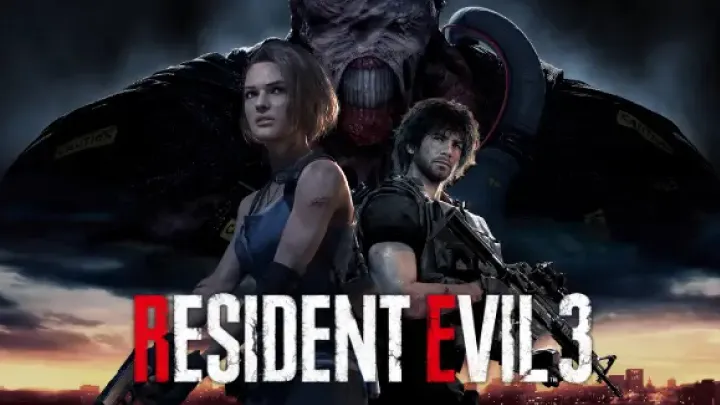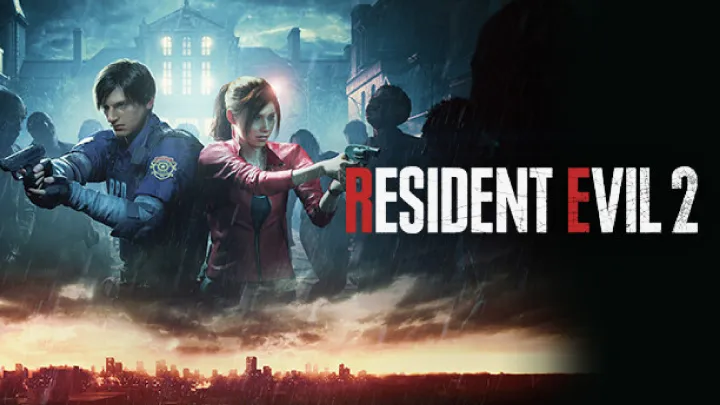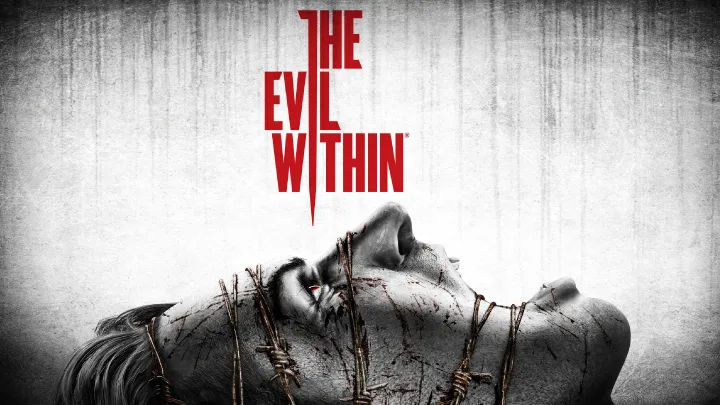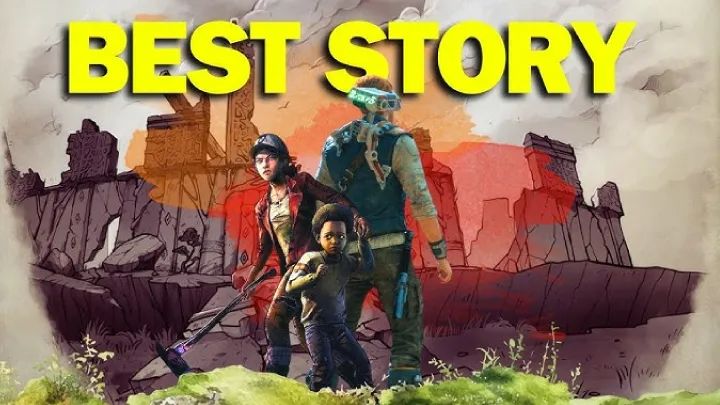Ghost of Tsushima: Director’s Cut, developed by Sucker Punch Productions, is an action-adventure game set in late 13th-century Japan during the Mongol invasion of Tsushima Island. Players step into the role of Jin Sakai, a samurai torn between the honorable code of his ancestors and the ruthless tactics required to save his people. With its breathtaking landscapes, immersive combat, and emotional storytelling, the game has become a modern masterpiece in the open-world genre.
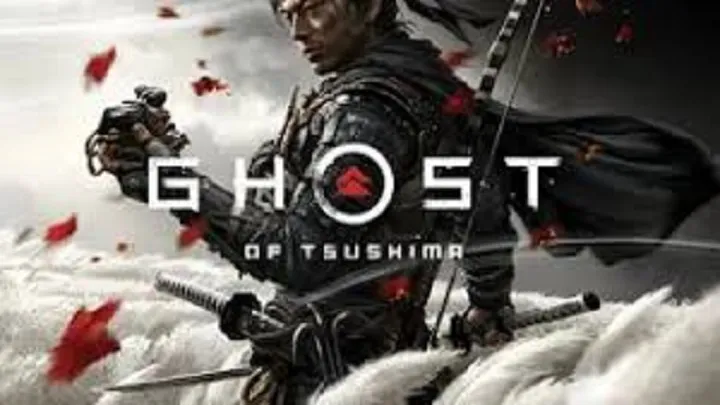
A Samurai’s Dilemma
The central conflict in Ghost of Tsushima revolves around Jin’s struggle between tradition and necessity. Trained as a samurai, Jin values honor above all, but the overwhelming force of the Mongol army forces him to adopt stealthier, “dishonorable” methods. This moral conflict is at the heart of the narrative, making every choice resonate with the player.
Expansive Open World
Tsushima Island is meticulously recreated, from golden forests and rolling grasslands to snowy mountains and stormy coastlines. Every location feels alive, filled with hidden shrines, fox dens, bamboo challenges, and enemy encampments. Exploration is guided organically—wind shows the way instead of a traditional minimap—making discovery feel natural and immersive.
Combat and Stealth
Combat in Ghost of Tsushima is both visceral and precise. Players can master multiple stances to counter different enemy types, engage in cinematic duels, or use stealth tactics to strike fear into Mongols. Tools like smoke bombs, kunai, and bows expand playstyles, while parries, dodges, and lethal strikes demand timing and skill. This balance between samurai and ghost combat allows players to shape Jin’s evolution.
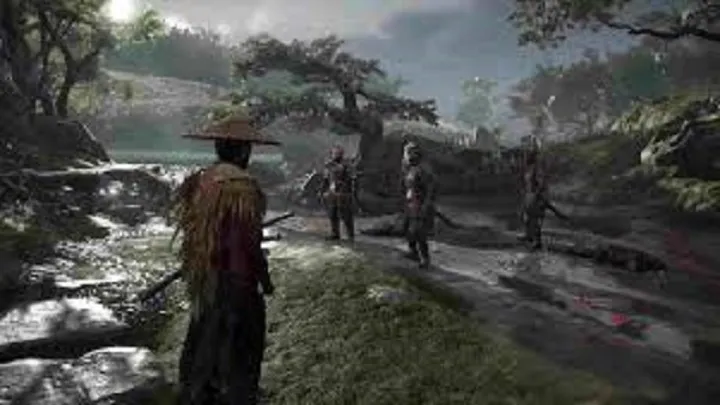
Emotional Storytelling
The narrative is deeply human, exploring loyalty, sacrifice, and the cost of survival. Jin’s relationship with his uncle, Lord Shimura, highlights the tension between old traditions and new realities. Side stories featuring allies like Yuna, Sensei Ishikawa, and Lady Masako add layers of tragedy and resilience, enriching the emotional core of the game.
Iki Island Expansion
The Director’s Cut introduces Iki Island, a new region filled with fresh challenges, enemies, and storylines. The expansion dives deeper into Jin’s past, confronting traumas and exploring his family history. Iki Island offers new gameplay mechanics, mini-games, and a darker tone that complements the main narrative.
Artistic Excellence
Visually, the game is a feast for the eyes. Fields of flowers sway in the wind, sunsets bathe villages in warm light, and storms create cinematic intensity. The Kurosawa Mode, a black-and-white film filter, pays homage to classic samurai cinema. Combined with a moving score blending Japanese instruments and orchestral tones, the atmosphere is unparalleled.
RPG Elements and Progression
Jin’s skills and gear evolve as players progress. Unlocking new techniques, upgrading armor, and collecting charms allow for personalized playstyles. Whether favoring direct confrontation or silent assassinations, the progression system supports flexibility and replayability.
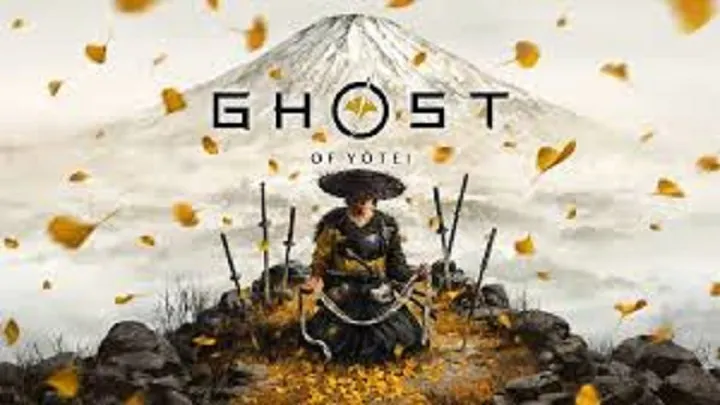
Why It Stands Out
Unlike many open-world games that rely on cluttered objectives, Ghost of Tsushima focuses on elegance and flow. Exploration feels meaningful, combat is rewarding, and the story resonates with emotional depth. It is a rare blend of artistry and gameplay that immerses players in a world both historically grounded and beautifully stylized.
Final Thoughts
Ghost of Tsushima: Director’s Cut is more than a samurai adventure—it’s a journey of identity, honor, and transformation. With its blend of cinematic storytelling, engaging combat, and one of the most stunning open worlds in gaming, it stands as one of the finest action-adventure titles of the generation. Iki Island only adds to its richness, making this edition the definitive way to experience Jin Sakai’s legend.








